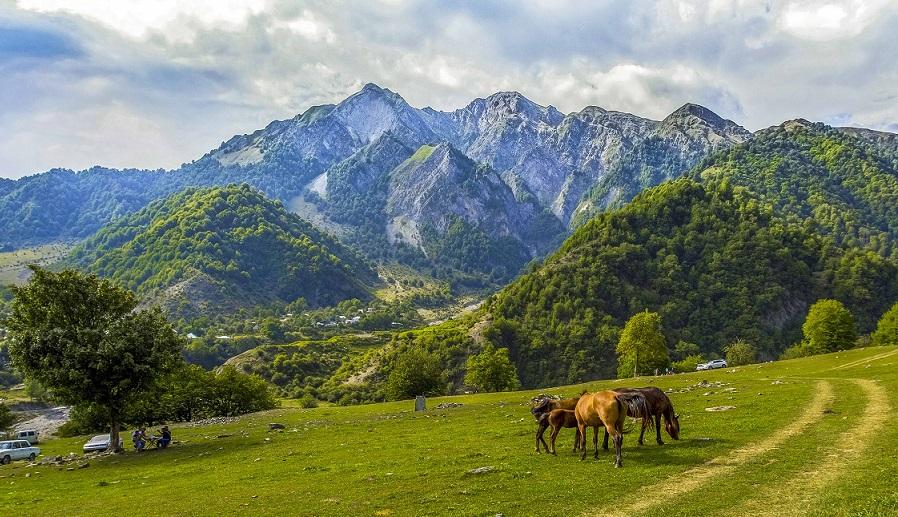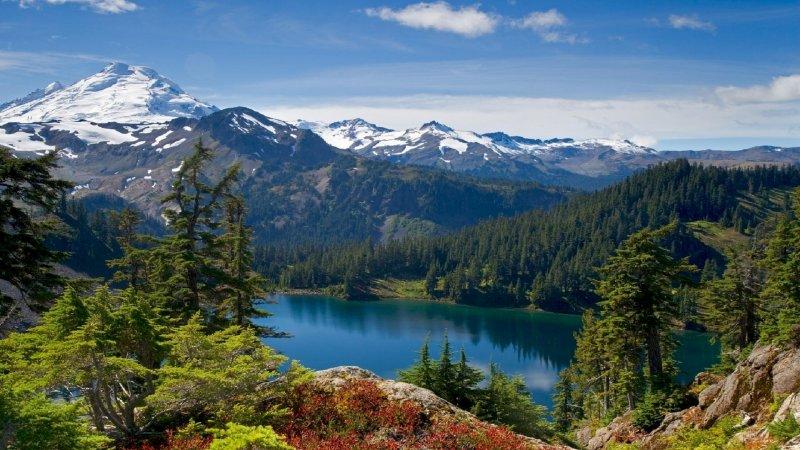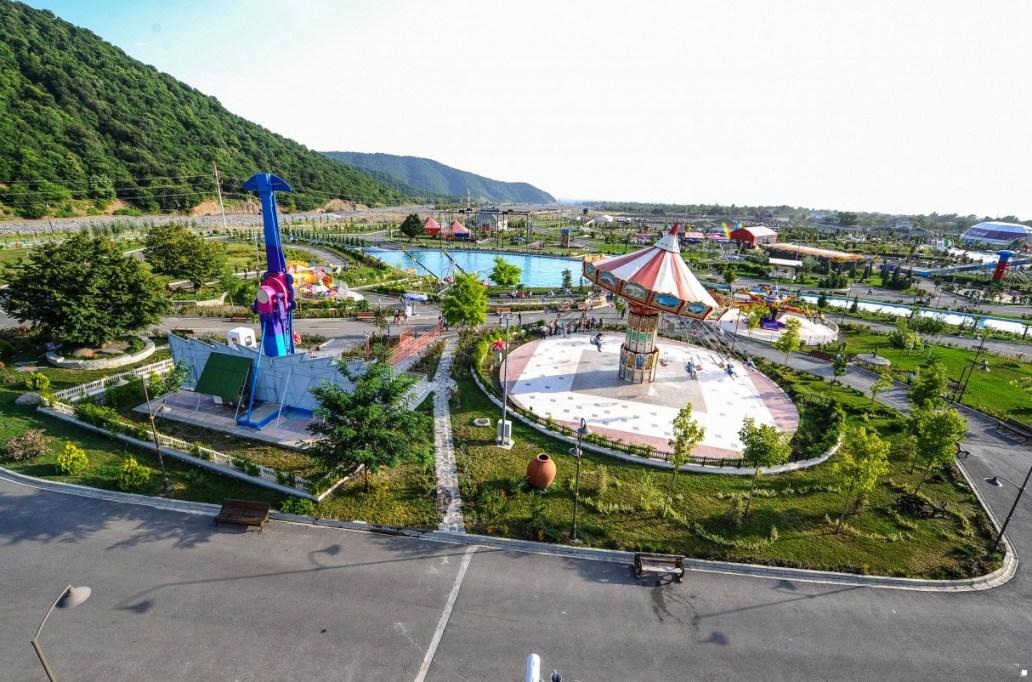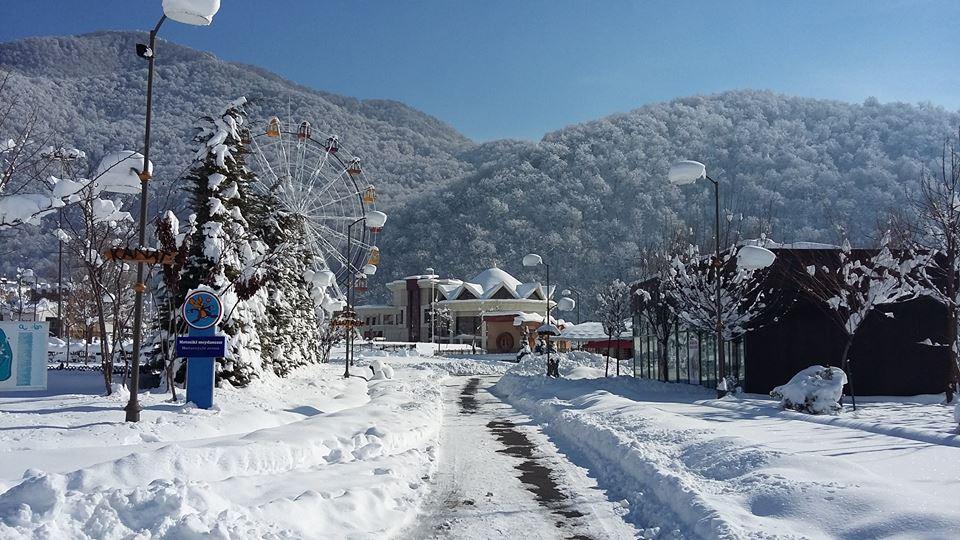Gabala - blend of ancient history and modernity

By Mirsaid Ibrahimzade
Gabala, inheritor of Caucasian Albania, is one of the most ancient cities of Azerbaijan, which has more than 2000 years of history.
Up to the present time, there are the ruins of the ancient city and the main gate of Caucasian Albania.
Excavations near the village Chukhur showed that from 4-3rd centuries BC and up to the 18th century, Gabala was one of the main cities of the region with developed trade and crafts. The ruins of the ancient town are situated 15 km from the regional center, located on the territory between Garachay and Jourluchay rivers.
Gabala was located in the middle of the 2500-year-old Silk Road, and was mentioned by Pliny the Younger. In the 19th century, the Azerbaijani historian Abbasgulu Agha Bakikhanov mentioned in his “Gulistani Irem” book that “Kbala” or “Khabala” were in fact Gabala.
Due to its historical importance, Gabala preserved a number of fascinating landmarks. The most outstanding of them are an old tower of defense purposes (9-11th centuries), a mosque of the 13th century, Imam Baba mausoleum (18-19th centuries), Juma mosque and, surely, Historical Ethnography Museum that involves thousands of historical artifacts of the city.
From geographical point of view, Gabala’s mountainous relief greatly influenced on formation of complex climate conditions in the area, as well as on density of river network and richness of soil-vegetation cover. Relief and humid climate conditions of Gabala region led to formation of a thick river network in the area. The rivers of the city refer to the left branches of Kura basin and run directly into Kura or the rivers of Shirvan zone.
The city is rich with chestnut and hazelnut trees. Flora and fauna of the region are rich. Deer and mountain tours, wild boar, hare, bears, wolves, foxes and numerous birds – pheasant, grouse, francolin, etc. – can be found in the woods.
Gabala is considered a popular tourist destination due to natural climatic conditions, which create opportunities for the development of both summer and winter tourism in the region. The northern side of Gabala belongs to the southern slopes of the Greater Caucasus mountain range, the central part – to Alazan-Haftaran valley, the southern part – to Ajinohur upland. Also, the highest mountain peak of the country - Mount Bazarduzu (4,466 meters) is situated in this region.
Gabaland, one the most entertaining and joyful parks in the Caucasus, is also located in the region. Gabaland is a leading theme park in the region with interesting rides and endless fun. Visitors may enjoy comfortable and wide parking area, amazing mounting view, fresh air, delicious foods in a cafe, and beautiful flower garden.
Cultural life of Gabala is also active. Since 2009, the city has been home of Gabala International Music Festival which is an annual festival of classical music held every summer, gathering famous performers from all around the world.
In short, modern Gabala manages to combine both ancient greatness and modern development, and it can be said that Gabala is one of the most vivid examples of the cities of contrasts, which are so loved by tourists.
--
Mirsaid Ibrahimzade is AzerNews’ staff journalist, follow him on Twitter: @MirsaidIbrahim1
Follow us on Twitter @AzerNewsAz
Here we are to serve you with news right now. It does not cost much, but worth your attention.
Choose to support open, independent, quality journalism and subscribe on a monthly basis.
By subscribing to our online newspaper, you can have full digital access to all news, analysis, and much more.
You can also follow AzerNEWS on Twitter @AzerNewsAz or Facebook @AzerNewsNewspaper
Thank you!



